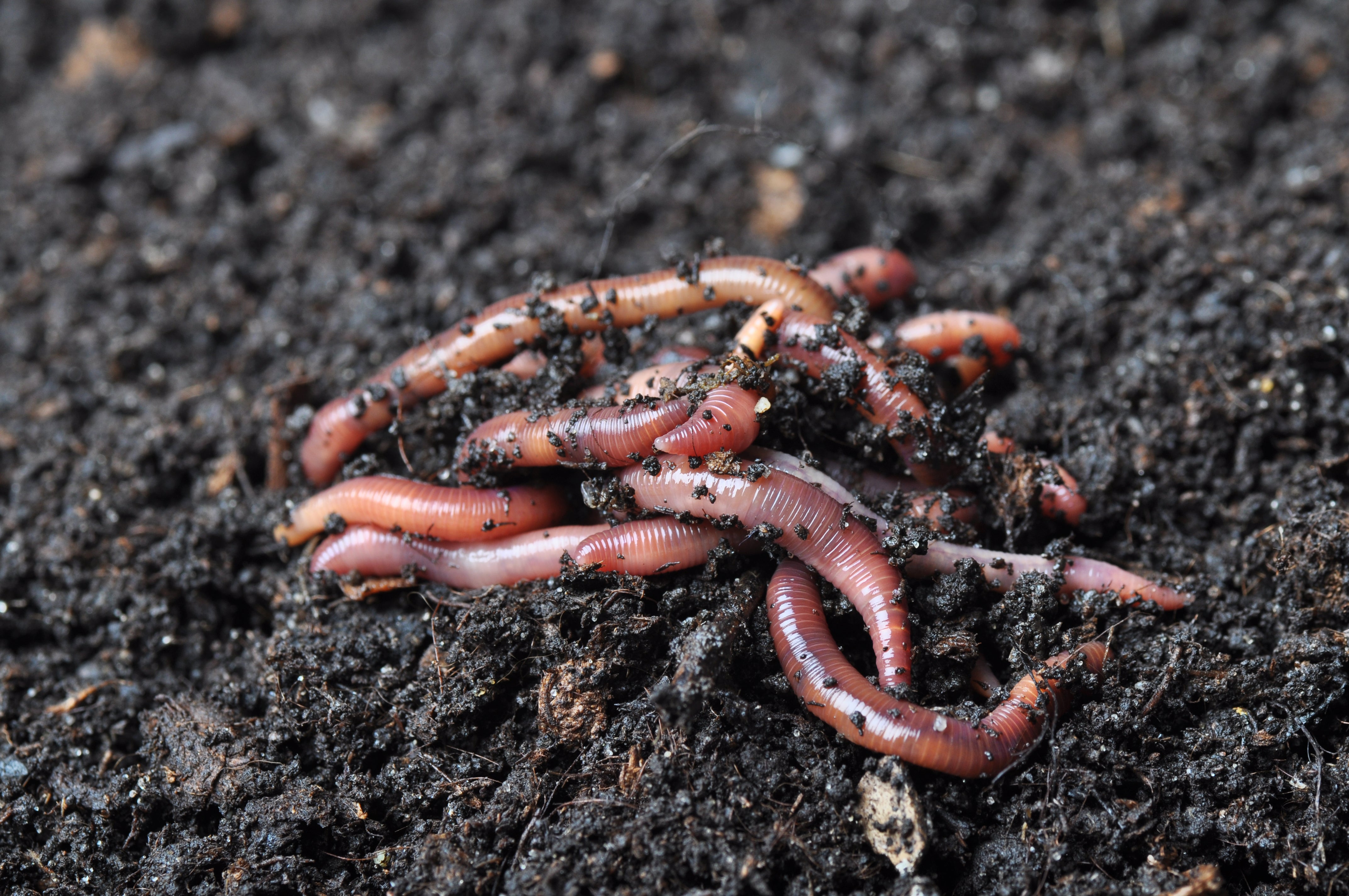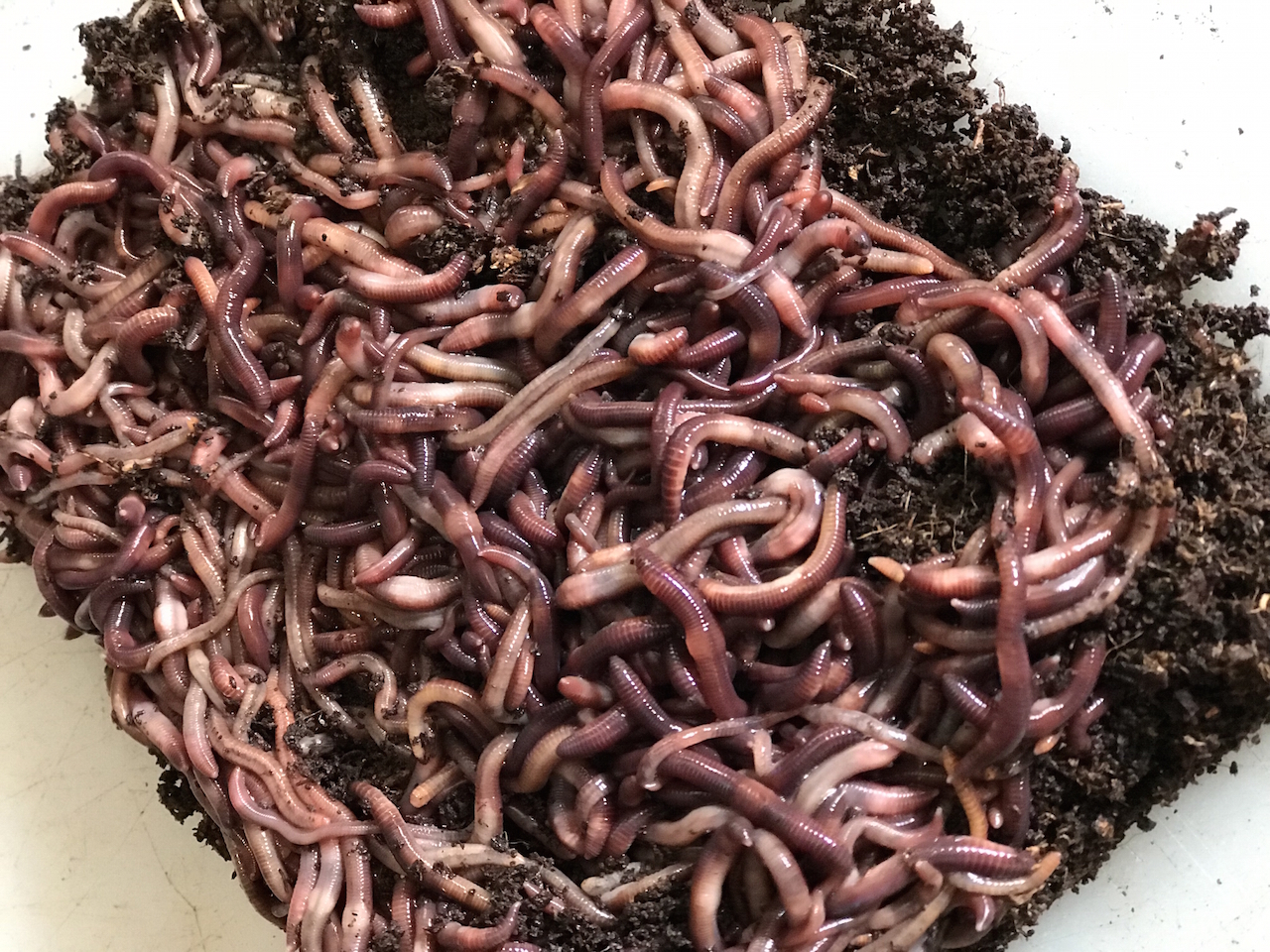Boost Your Fishing Success with Red Wiggler Express Supplies
Wiki Article
Exactly How Red Wigglers Can Change Your Composting Experience
The assimilation of red wigglers into composting practices provides a transformative strategy to squander administration and dirt enrichment. These microorganisms not just accelerate the decomposition process but also create nutrient-dense vermicompost that enhances dirt health and fertility. Their versatility to various environments makes them an appropriate alternative for both newbie and experienced composters alike. Understanding the details needs and benefits associated with maintaining a prospering worm population is vital for maximizing their potential. What techniques can one use to guarantee a successful vermicomposting experience?Advantages of Red Wigglers
Red wigglers, scientifically called Eisenia fetida, are a foundation of reliable composting systems due to their exceptional ability to break down natural issue efficiently. These worms master transforming kitchen scraps, backyard waste, and other natural materials into nutrient-rich garden compost, generally referred to as worm spreadings. Lake Hickory Bait. This process not only minimizes landfill waste yet additionally contributes to lasting horticulture methodsAmong the main benefits of red wigglers is their high recreation price, allowing them to occupy a composting atmosphere promptly. This quick multiplication boosts decomposition rates, resulting in faster compost production. In addition, red wigglers flourish in a varied variety of problems, making them adaptable to different composting configurations.

Establishing Your Worm Bin
(Granite Falls NC Worms For Sale)To create an efficient worm container for composting, mindful focus should be provided to its design and environment. A suitable worm bin must be constructed of products that are resilient yet enable needed air movement, such as plastic or timber. The size of the container can differ, however a quantity of approximately 1 square foot per extra pound of worms is a great starting factor.Make certain that the bin has water drainage holes to protect against water accumulation, which can cause anaerobic problems harmful to the worms. Furthermore, integrating ventilation holes will certainly assist keep correct moisture degrees and oxygen flow.
Next, it is necessary to give bed linens for the worms, which can include shredded paper, cardboard, or coconut coir. This bedding not only provides a habitat for the worms however likewise aids in dampness retention.
Position the worm container in a place that preserves a temperature level variety of 55-77 ° F(13-25 ° C) to enhance worm task. Stay clear of placing the bin in direct sunshine or severe temperature levels. By complying with these guidelines, you can create a favorable setting for red wigglers, improving the efficiency of your composting process.
What to Feed Your Worms

(Red Wiggler Express)Red wigglers especially appreciate soft, moist foods like watermelon rinds, cucumber peels, and banana peels. Nonetheless, it is critical to avoid feeding them citrus fruits, onions, and garlic, as these can be harmful to their health. Furthermore, cooked foods, milk items, and meat must be purely prevented, as they can lead to odors and bring in insects.
Offering a constant feeding timetable will assist maintain your worm populace thriving while improving the general effectiveness of your composting efforts. By comprehending what to feed your worms, you lay the foundation for an effective and lasting composting experience.
Preserving a Healthy Habitat
Creating a thriving composting atmosphere for red wigglers calls for attention to their environment, as it directly affects their health and wellness and efficiency. The ideal habitat needs to preserve a balanced moisture degree, generally between 60-70%. Extreme wetness can result in anaerobic problems, while insufficient wetness might dehydrate the worms.
The bedding material in Charlotte NC Worms For Sale the compost ought to vary and shredded, including products like cardboard, newspaper, and coconut coir. This not only supplies a comfortable setting but likewise acts as a food source. Lake Hickory Bait. Regularly looking for smells or indicators of bugs can help determine prospective issues prior to they escalate
Lastly, maintaining a balanced pH level, preferably in between 6 and 7, guarantees a conducive environment for red wigglers, promoting their capability to procedure raw material successfully. By dealing with these variables, you can create a sustainable and productive composting ecosystem.
Harvesting and Making Use Of Compost
Gathering garden compost from a worm bin is a fulfilling process that transforms natural waste into nutrient-rich material for gardens and plants. As soon as the composting cycle is complete, normally after 8-12 weeks, it's time to collect the vermicompost. The initial step involves dividing the red wigglers from the completed garden compost. This can be done utilizing methods such as the "light" technique, where worms are brought in to light and can be scooped away from the top layers, or by moving the compost to one side of the bin and including fresh bed linen to the opposite, encouraging the worms to migrate.Once the worms are gotten rid of, the staying compost can be filtered to remove any type of larger fragments or undecomposed material. This abundant garden compost can be applied straight to yard beds, mixed into potting soil, or made use of as a top dressing for potted plants.
Final Thought
Integrating red wigglers right into composting techniques substantially improves the disintegration process and adds to the production of nutrient-rich vermicompost. The resulting worm castings enhance soil framework, fertility, and microbial task, eventually promoting much healthier plant development.Report this wiki page